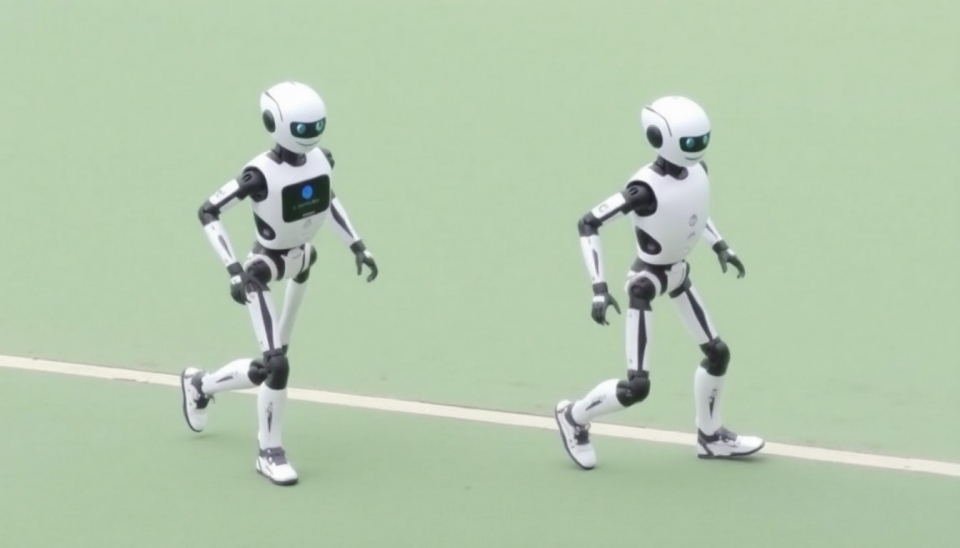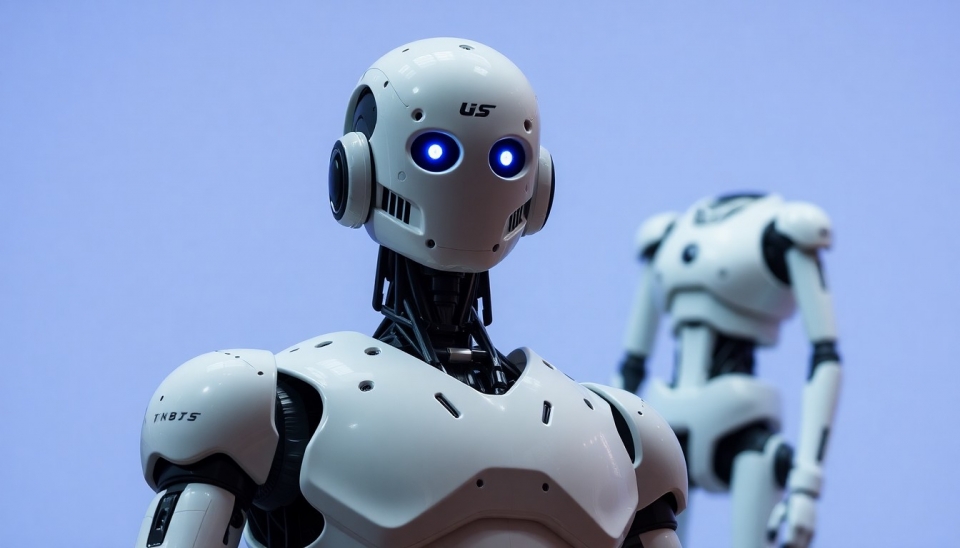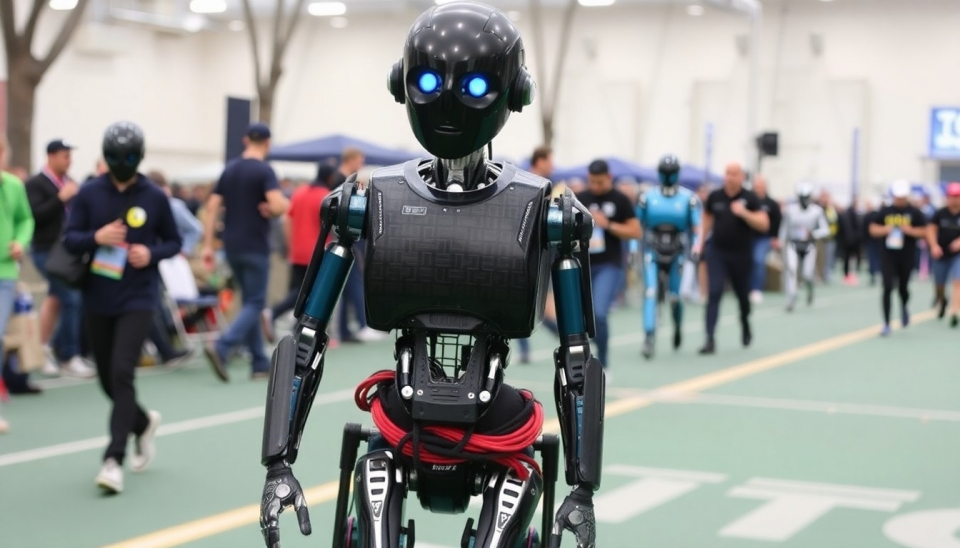
In a notable shift following years of skepticism, investors are once again showing a significant interest in the field of humanoid robotics. After facing numerous setbacks and challenges over the years, startups focused on developing humanoid robots are witnessing a renewed surge of capital. This renewed enthusiasm comes at a time when advancements in artificial intelligence and robotics technology have reached new heights, allowing startups to present more viable, functional products that capture both market and consumer imagination.
The rejuvenated interest from investors can be attributed to several factors, including the growing demand for automation across various industries. As businesses strive for efficiency, the allure of humanoid robots, capable of performing tasks ranging from customer service to complex operational roles, seems more appealing. Investors are beginning to see the potential for addressing labor shortages, especially in sectors like hospitality, healthcare, and manufacturing, where workforce challenges have been exacerbated in recent years.
Recent market analyses reveal that significant funding rounds are being secured by various humanoid robotics startups. These companies, once on the brink of closure, are now showcasing innovative robots designed to seamlessly integrate into human environments. With advancements in machine learning and robotics engineering, many startups are now delivering prototypes that demonstrate promising capabilities such as natural language processing, emotional recognition, and enhanced mobility, thereby compelling investors to reconsider their stance.
Additionally, major industry players are also entering the humanoid robot arena, further driving investment interest. Tech giants and established corporations are not just investing but are also collaborating with startups to tap into emerging technologies, aiming to create a new generation of robots that can coexist and collaborate with humans effectively. The partnerships are a testament to the belief that humanoid robots have a significant role to play in the future of work.
However, challenges remain. While the potential for increased funding is encouraging, it’s crucial for these startups to navigate the complexities of the market, including regulatory environments and consumer acceptance. There are still significant hurdles to overcome in terms of public perception and the ethical considerations surrounding robot integration into everyday life.
As the humanoid robotics sector evolves, the current wave of investment is not merely an indication of a recovery, but also reflects a broader recognition of the technological advancements and their implications for the future. Investors are banking on the idea that humanoid robots will become an integral part of both industry and daily life, moving from sci-fi fantasy to tangible reality. The future holds exciting possibilities, and many believe that this could be the turning point for humanoid robots, finally leading them to the mainstream.
As the landscape transforms and momentum builds, one thing is certain: humanoid robots are back on the radar, and with renewed investment interest, the journey from concept to reality seems more attainable than ever.
#HumanoidRobots #RoboticsInvestment #AI #TechnologyTrends #FutureOfWork
Author: John Miller




